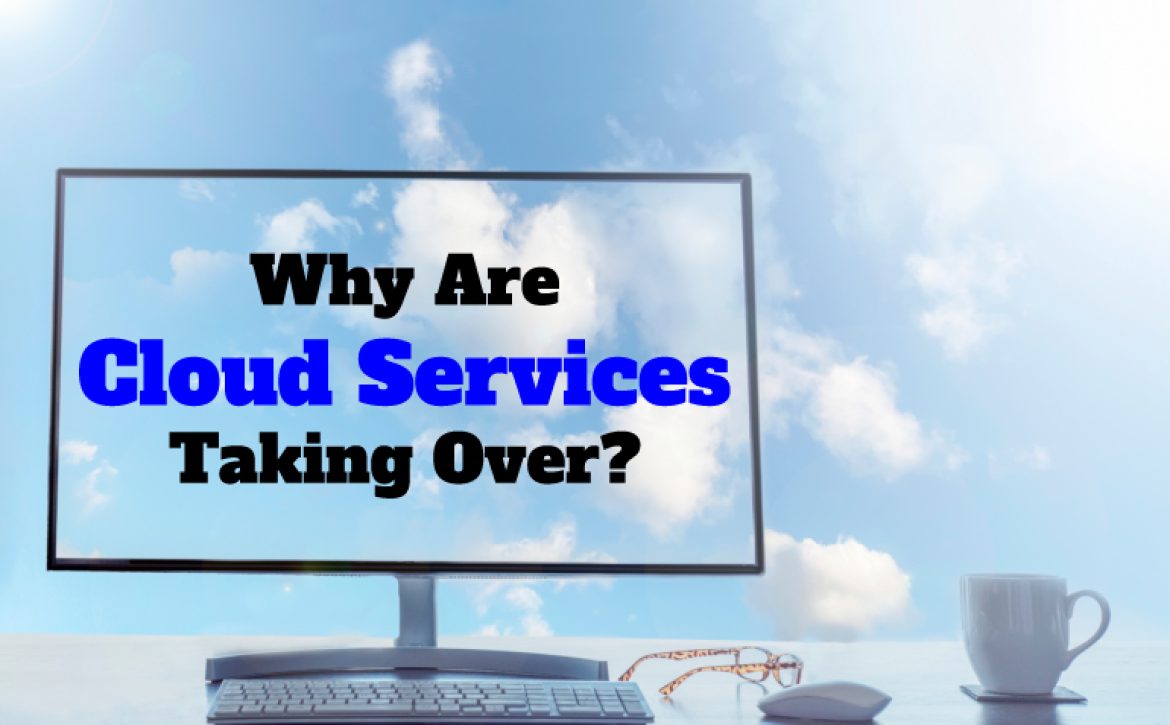Top Cloud Technologies Trends to Watch Out for in 2023
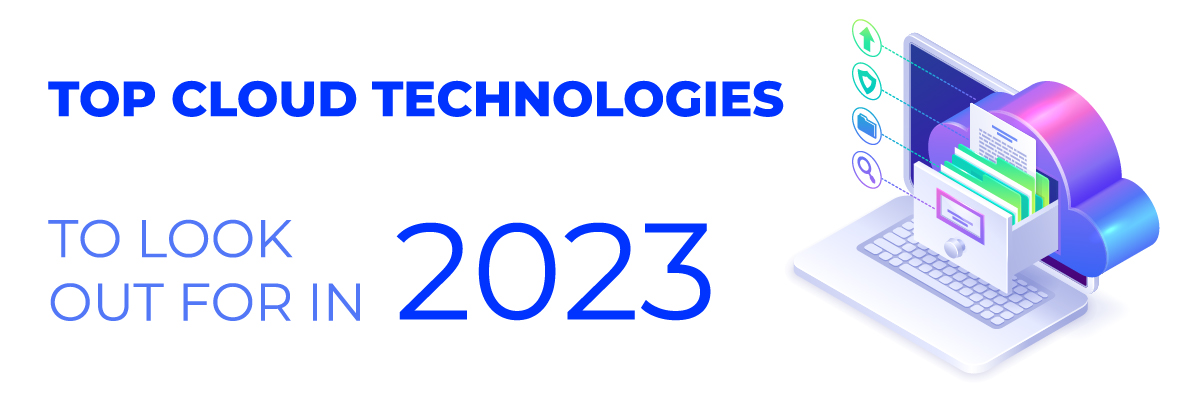
Top Cloud Technologies Trends to Watch Out for in 2023
As we enter 2023, many businesses are turning their gaze to the horizon to look at the future of cloud technology. The cloud has made immense strides in the past few years, and it is poised to make even more progress in the near future. A few cloud technologies will likely be the focus of attention in 2023, and it is essential to understand what these are and how they will affect businesses. This blog post will discuss the leading cloud technologies, trends, and cloud migration services to watch out for in 2023.
Introduction to Cloud Technologies
Cloud technology has become an integral part of modern business operations, providing businesses with previously unavailable benefits. By leveraging the advantage of the cloud, companies can access greater computing resources, store vast quantities of data, and grow their operations in ways that were never possible before. It is no surprise that cloud technology is becoming increasingly widespread and is expected to reach even further in 2023.
Cloud computing services have revolutionized the way businesses operate, offering unparalleled flexibility, scalability, and efficiency. With cloud migration services becoming increasingly prevalent, organizations can seamlessly transition their operations to the cloud, unlocking new opportunities for innovation and growth. Additionally, the rise of cloud-managed services has empowered businesses to offload the complexities of infrastructure management to skilled service providers, allowing them to focus on core business objectives. In this era of digital transformation, understanding the fundamentals of cloud technologies is essential for staying competitive and harnessing the full potential of the cloud.
What is Cloud Computing?
Before discussing the leading cloud technologies and trends to watch out for in 2023, it is important to understand cloud computing and why it is valuable. Cloud computing is storing and accessing data and applications over the internet, allowing businesses to access them whenever and wherever they are needed. This “on-demand” access to resources is one of the main benefits of cloud computing, as it allows businesses to be more agile and responsive to changing market conditions. There are three main types of cloud computing: Infrastructure as a Service (IaaS), Platform as a Service (PaaS), and Software as a Service (SaaS).
Thanks to cloud computing, businesses can access vast resources and store large amounts of data without investing in expensive hardware and software. This allows companies to scale up their operations quickly and efficiently while reducing costs. Cloud is also very secure, as data is stored in secure data centers and is backed up regularly.
Top Cloud Technologies Trends to Watch Out for in 2023
Now that we better understand cloud computing and its benefits, let’s look at the leading cloud technologies to watch out for in 2023.
 Artificial Intelligence and Machine Learning Integration
Artificial Intelligence and Machine Learning Integration
One of the biggest trends in cloud technology for 2023 is integrating artificial intelligence (AI) and machine learning (ML). By leveraging these technologies, businesses can gain valuable insights into their data, allowing them to make more informed decisions and optimize their operations. AI and ML can also automate tasks and processes, saving time and resources for more critical tasks.
Integrating AI and ML with cloud computing is expected to become even more widespread in 2023, with more businesses taking advantage of these technology’s benefits including application migration. This will also increase the number of cloud-based AI and ML services and cloud migration services, allowing companies to access these powerful technologies without investing in expensive hardware and software.
Hybrid Cloud Solutions Will Soar
Another trend to watch out for in 2023 is the rise of hybrid cloud solutions. A hybrid cloud is a combination of public and private cloud solutions, allowing businesses to take advantage of the scalability and cost-efficiency of public cloud solutions while also being able to access the more secure and reliable environment of private cloud solutions.
The hybrid cloud is expected to become even more popular in 2023 as businesses look to take advantage of the benefits of both public and private cloud solutions. This trend will also increase the number of hybrid cloud solutions, allowing companies to access the best of both worlds.
Cloud Cost Optimization
Companies are keen to employ cloud computing; thus, there is a continuing need to reduce costs for these services. Cloud service providers will put more effort into developing business-friendly and cloud native solutions that offer increased productivity and better resource availability. These enhanced client resources will aid in the optimization of cloud-based workloads and guarantee a profitable investment.
There are several strategies businesses can use for cloud cost optimization, such as using cloud cost management tools, optimizing their cloud usage, and optimizing their cloud storage. By leveraging these strategies, businesses can reduce cloud costs without sacrificing performance or security.
Sustainability and More Cloud Adoption
Sustainability is becoming increasingly important to businesses all around the world. Most organizations know that cutting back on the energy used by infrastructure services, computer engines, and more extensive storage needs will help them transition to sustainability. Most IT behemoths will use 2023 to identify creative cloud solutions to reach carbon neutrality.
As businesses become more conscious of their environmental impact, they increasingly turn to cloud-based solutions to reduce their carbon footprints. Cloud computing is one of the most efficient and sustainable ways to store and access data and applications.
The increased adoption of cloud services is expected to drive further innovation in cloud technology, allowing businesses to access even more powerful and cost-effective solutions.
Cloud Security and Resilience
Cloud migration offers ample opportunities, efficiency, and convenience and exposes businesses and organizations to new cybersecurity vulnerabilities. Furthermore, the possibility of fines or, even worse, losing the trust of their clients is a serious issue because of the rising body of legislation governing how businesses can hold and use personal data.
Spending on cyber security and increasing resilience against anything from data loss to the effects of a pandemic on international trade will thus take on even greater importance in the upcoming year. The emphasis will likely be on finding creative and economical ways to maintain cyber security, nevertheless, to get the most “bang for the buck” as many organizations attempt to cut costs in the face of a predicted economic slump. In 2023, this will translate into increased use of managed “security-as-a-service” providers and AI and predictive technology to identify dangers before they cause issues.
Conclusion
The cloud is expected to have an impact in 2023 significantly, and there are a few cloud technologies to watch out for. Artificial intelligence and machine learning integration, hybrid cloud solutions, cloud cost optimization, sustainability, more cloud adoption, and cloud security and resilience are all expected to be significant trends in 2023.
Protected Harbor migration services assist you in putting your cloud strategy into place by using systematic, risk-mitigated cloud migration services. Your cloud-enabled business transformation initiatives will benefit from Protected Harbor’s tool-based framework. Get cloud support and cloud migration help from our experts today.
Our experts at Protected Harbor are standing by to assist you in all your cloud-related needs including disaster recovery, data storage, private and public cloud services. We provide comprehensive cloud support and migration plan, helping our clients easily create a successful cloud strategy. Our services have helped countless businesses improve operational efficiency and reduce costs by making the transition to the cloud smoother and more seamless. Get cloud support and cloud migration help from our experts today, and let us help you achieve your goals!



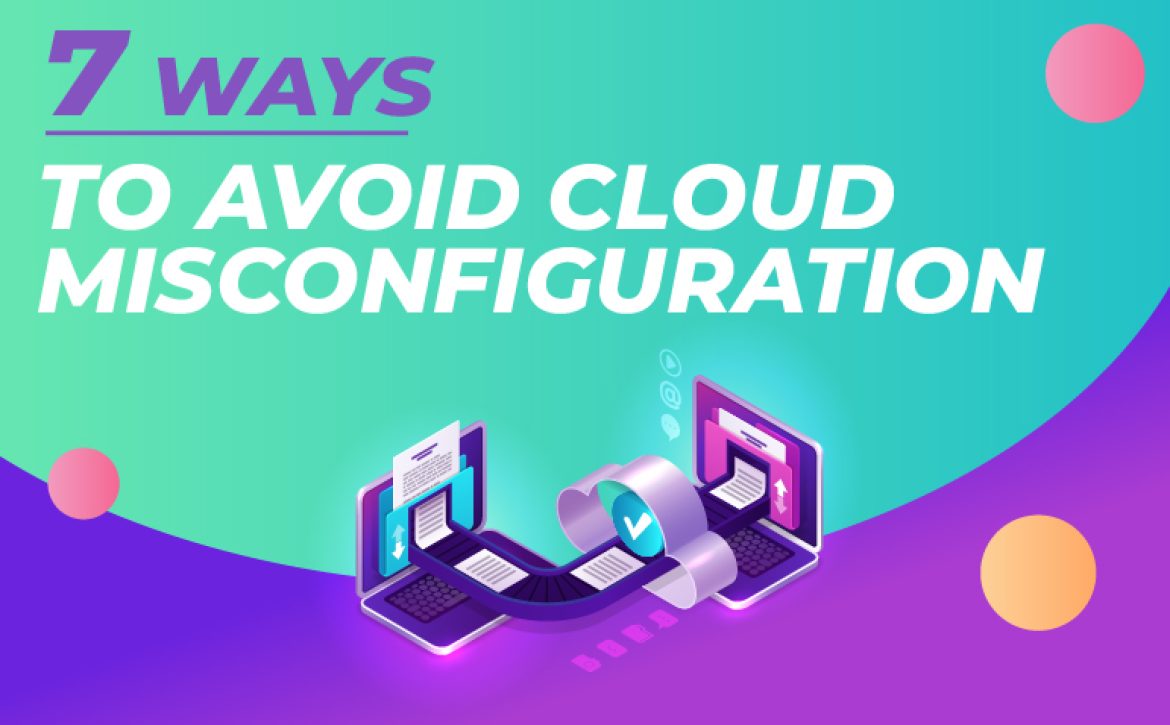
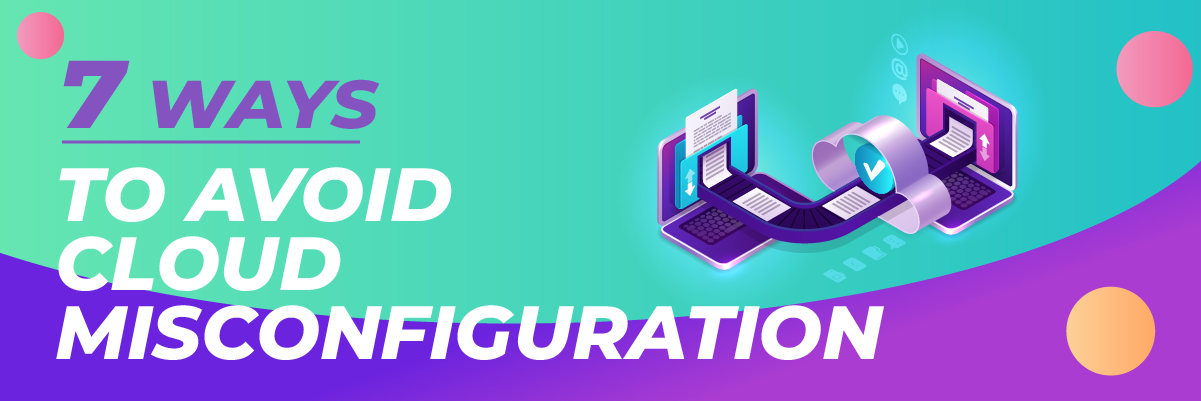
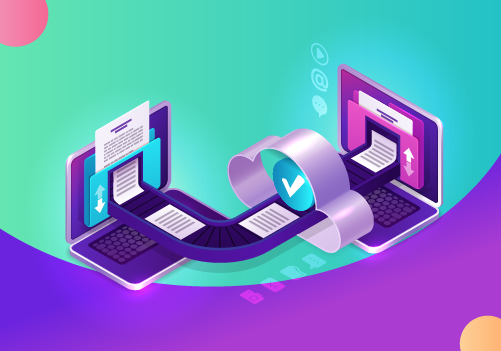 How to Avoid Cloud Misconfiguration?
How to Avoid Cloud Misconfiguration?
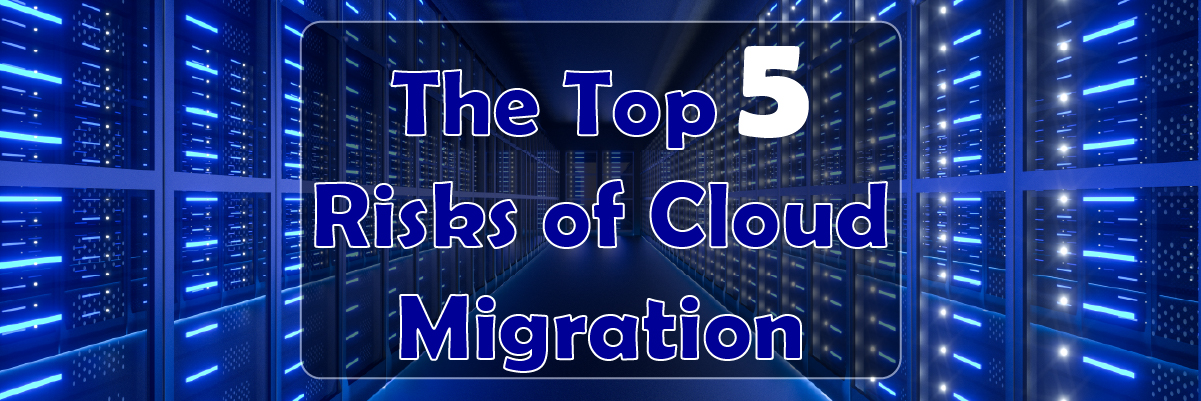






 Protected Harbor aims to ensure clients achieve optimal technological productivity. The company treats clients as partners and thoughtfully listens to the client’s business and technology issues, and delivers technology solutions tailored to the client’s business requirements.
Protected Harbor aims to ensure clients achieve optimal technological productivity. The company treats clients as partners and thoughtfully listens to the client’s business and technology issues, and delivers technology solutions tailored to the client’s business requirements. Working as a Content Writer at
Working as a Content Writer at 
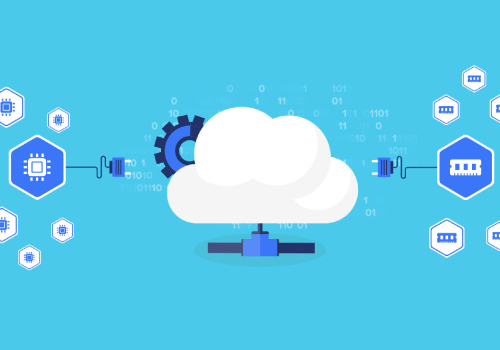 Private Cloud: A Better Alternative
Private Cloud: A Better Alternative
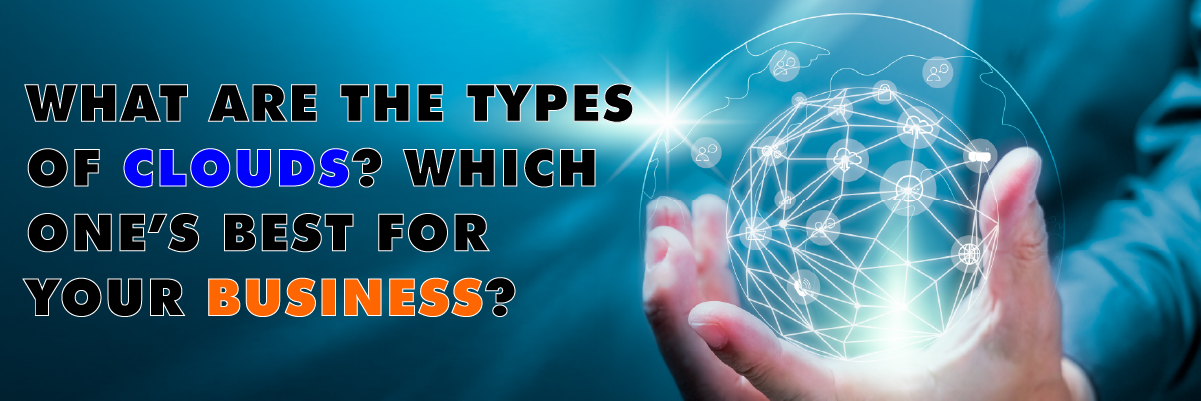
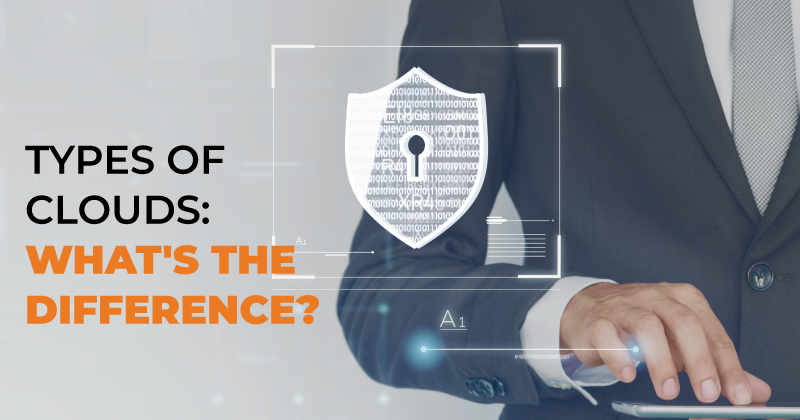 When you think of
When you think of  Public cloud architecture
Public cloud architecture